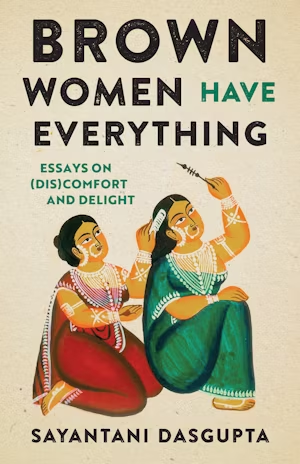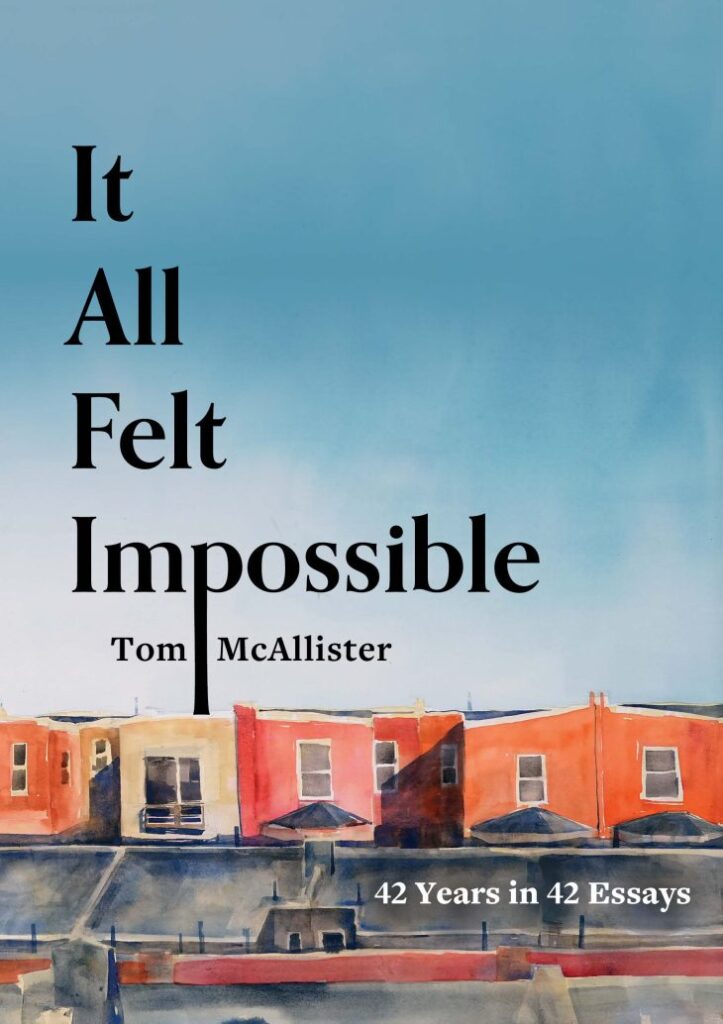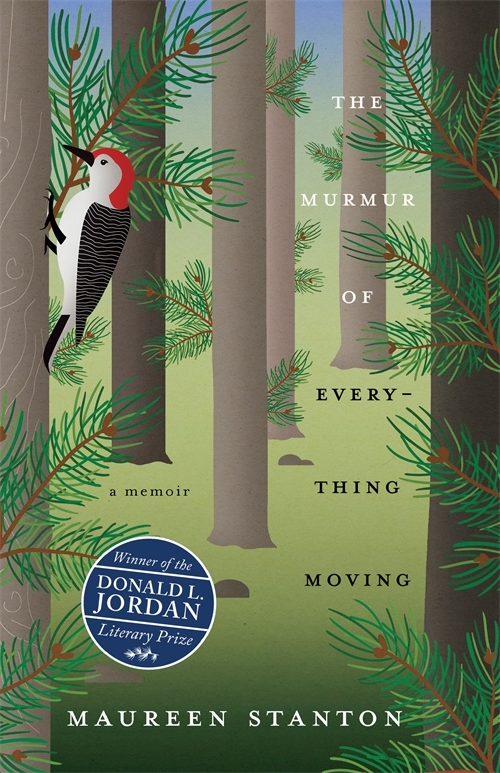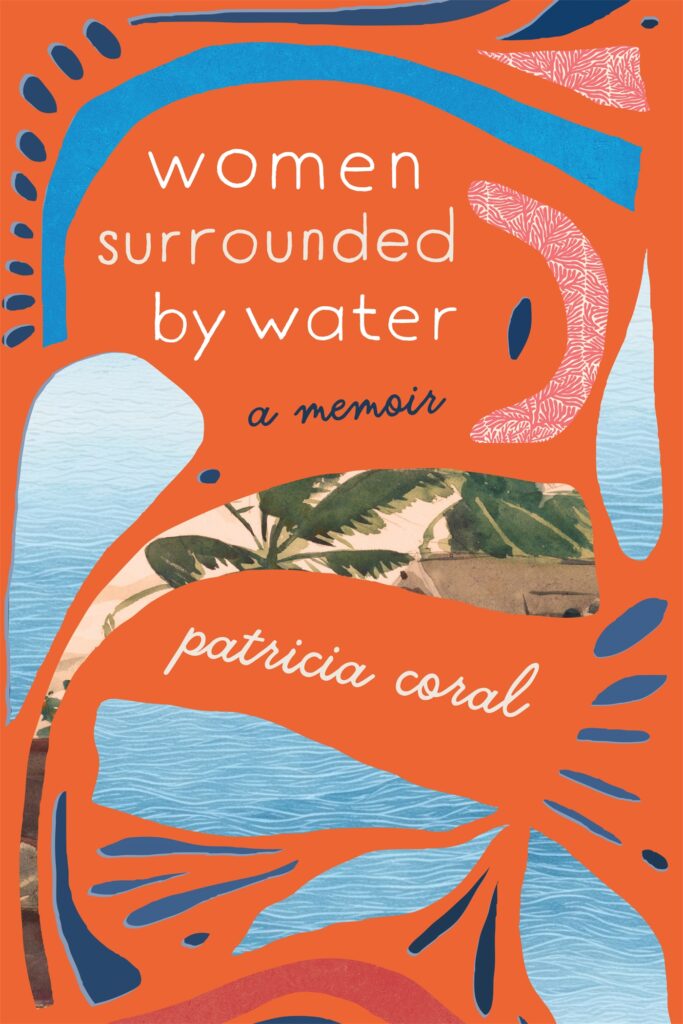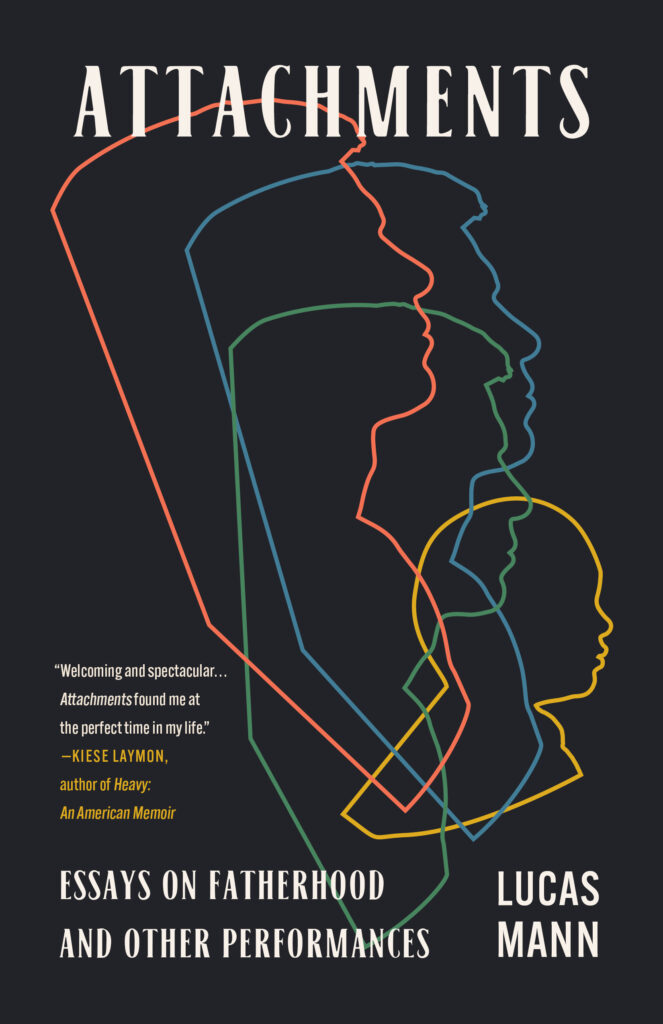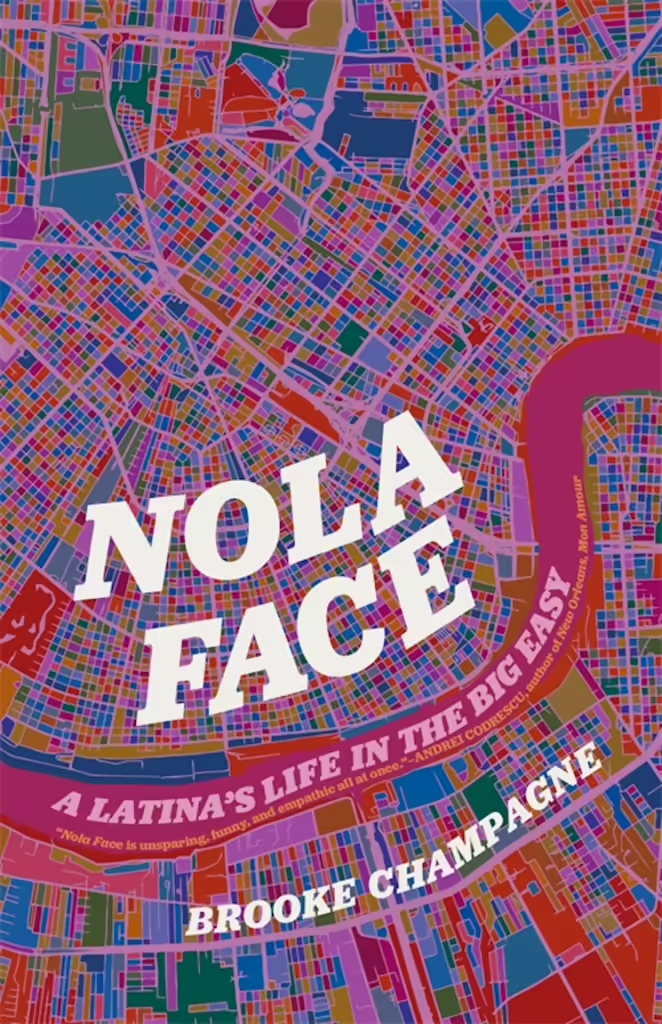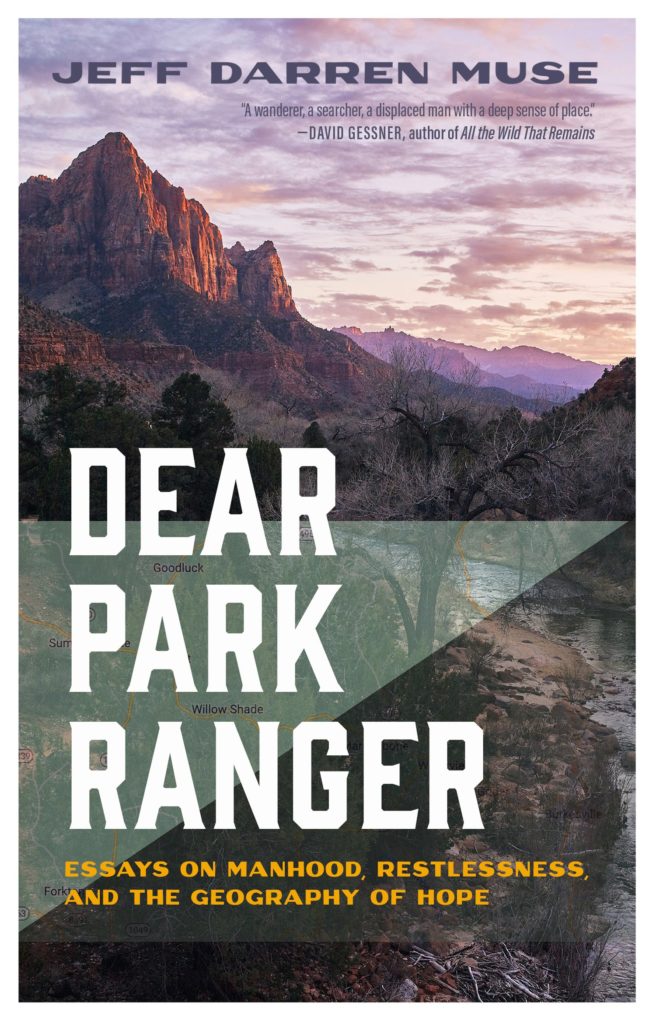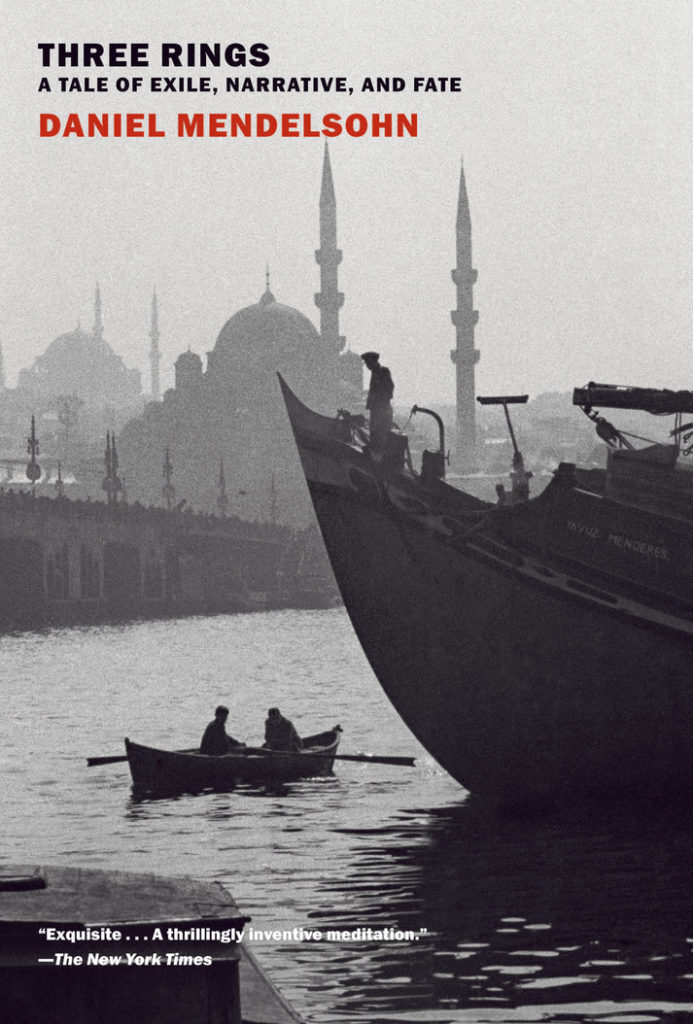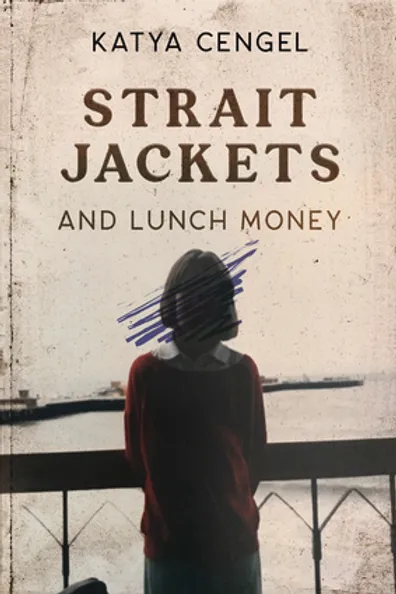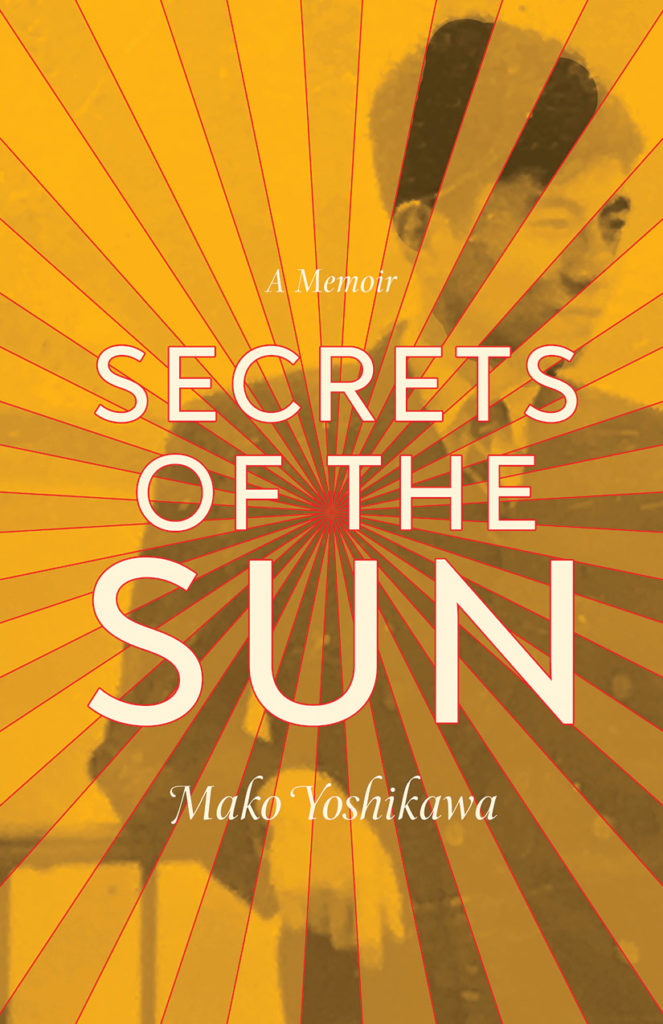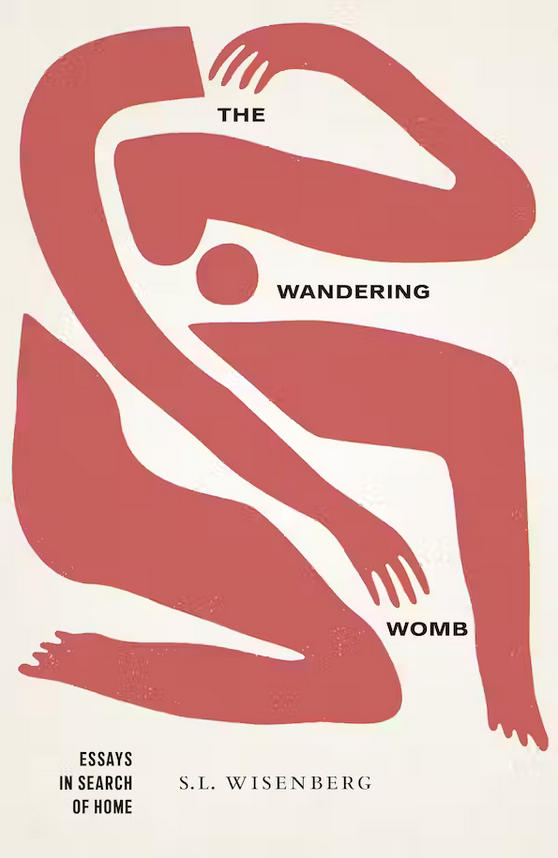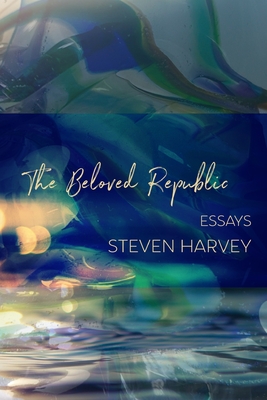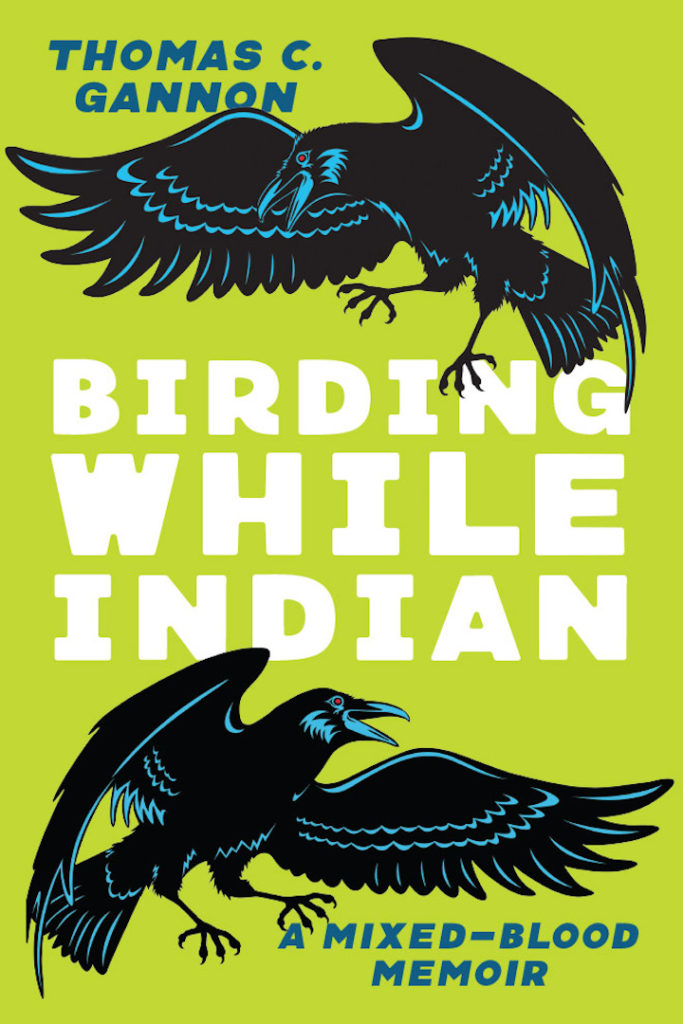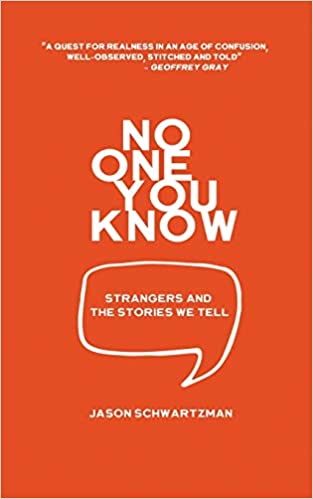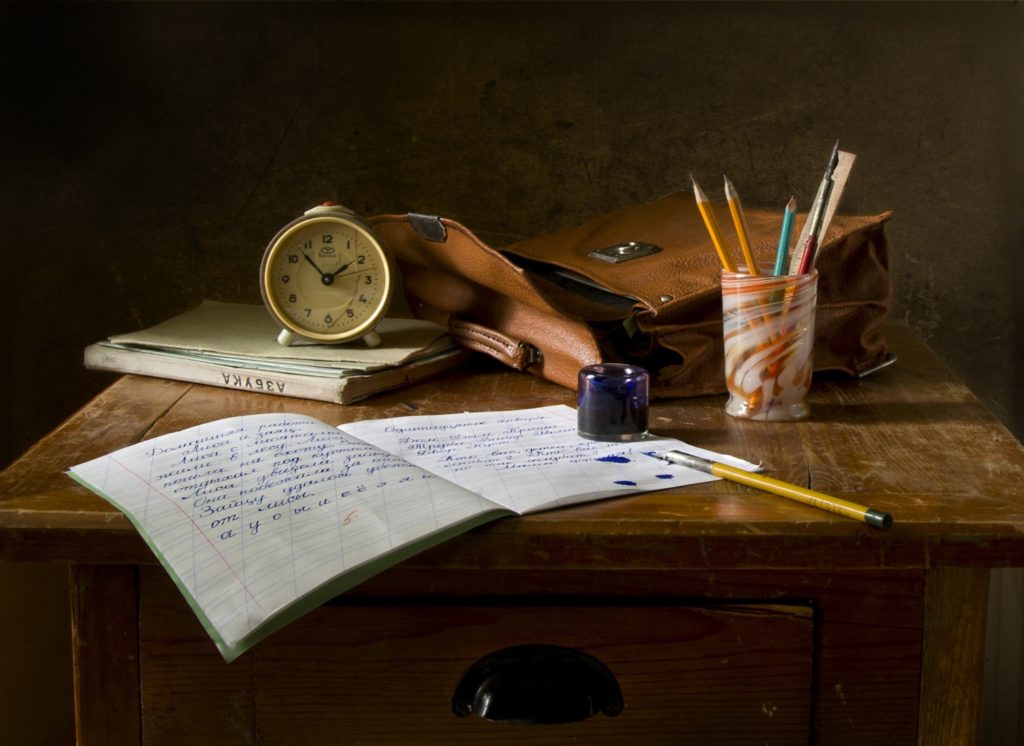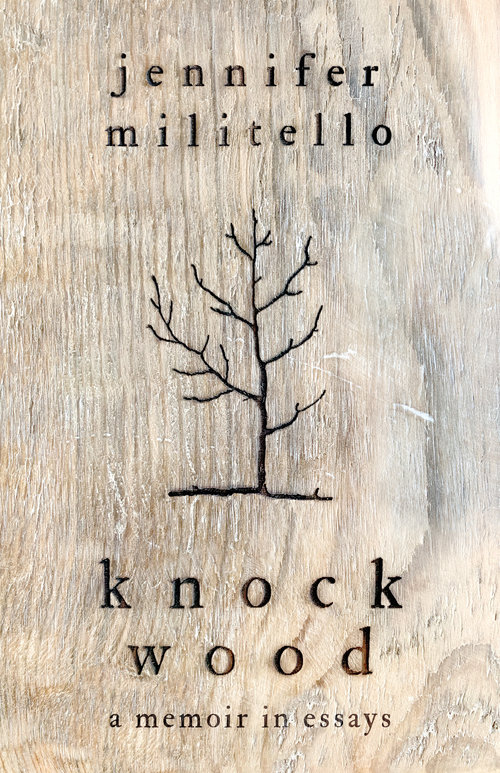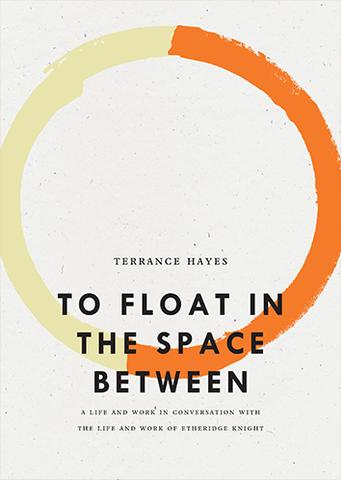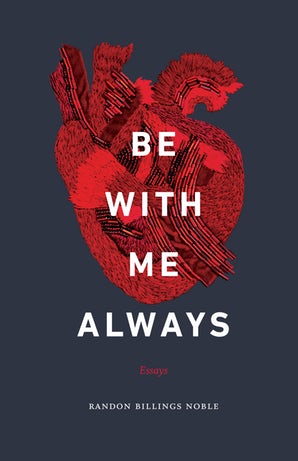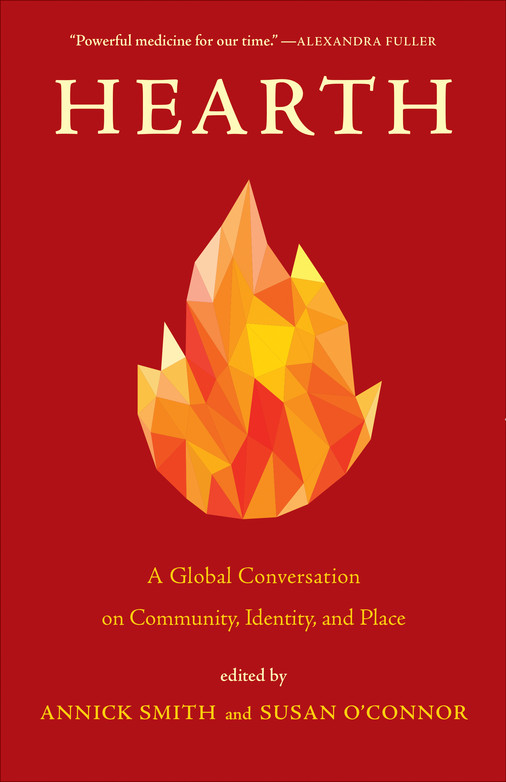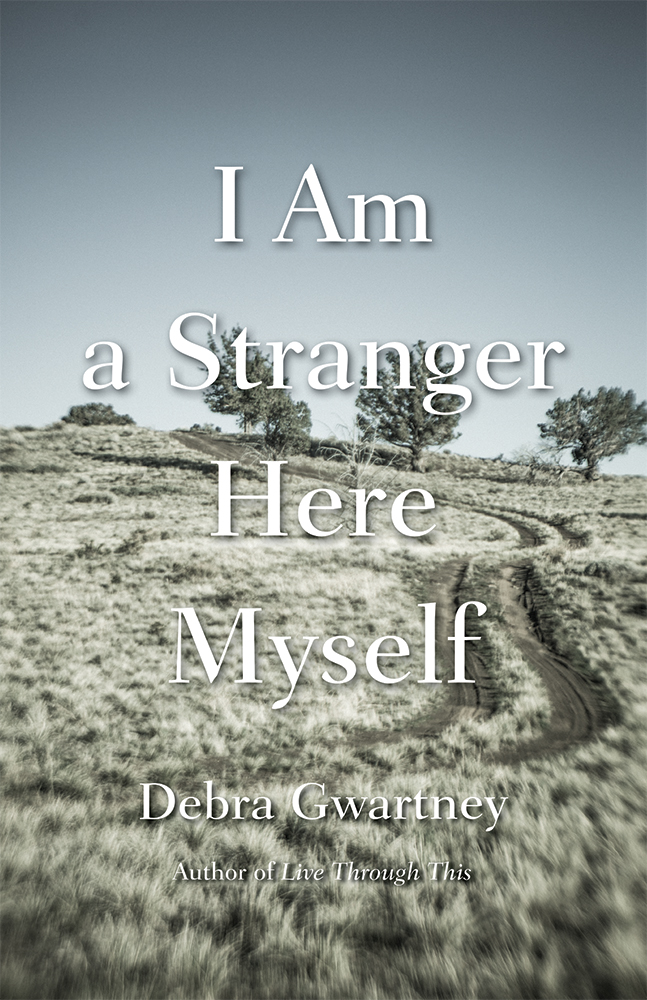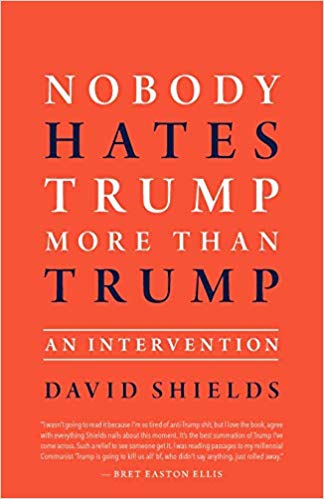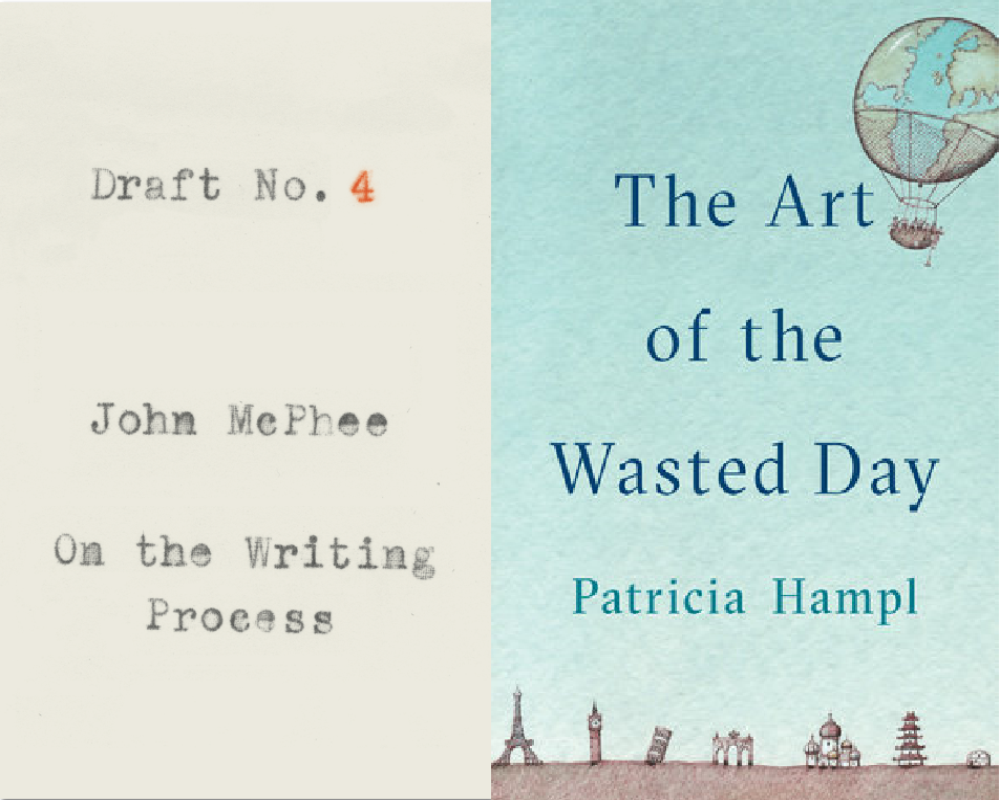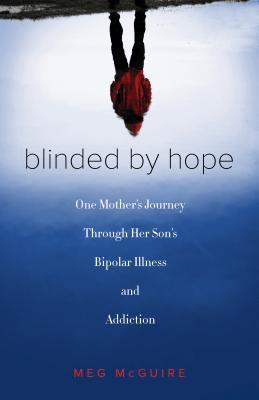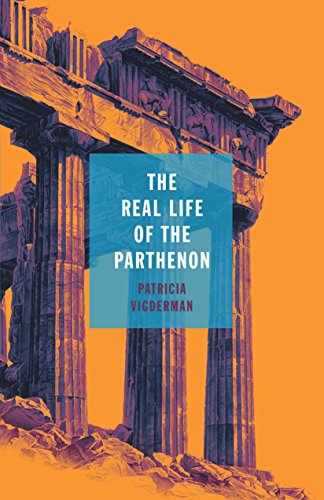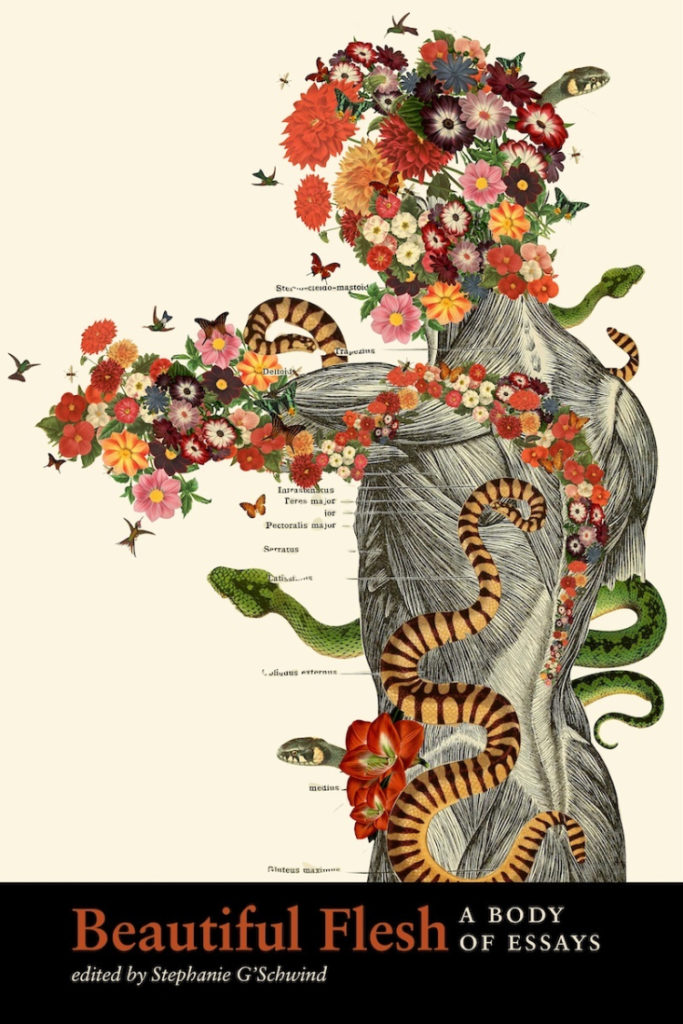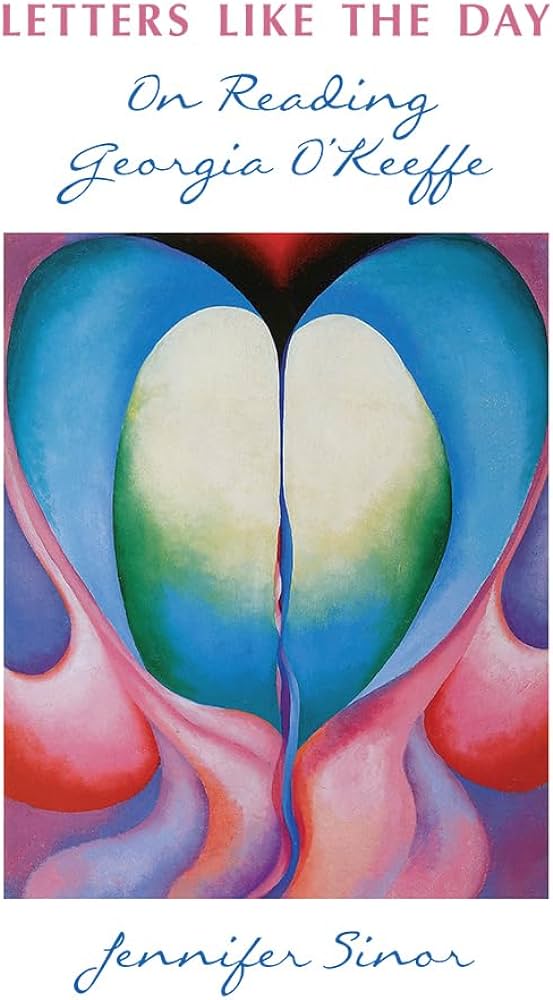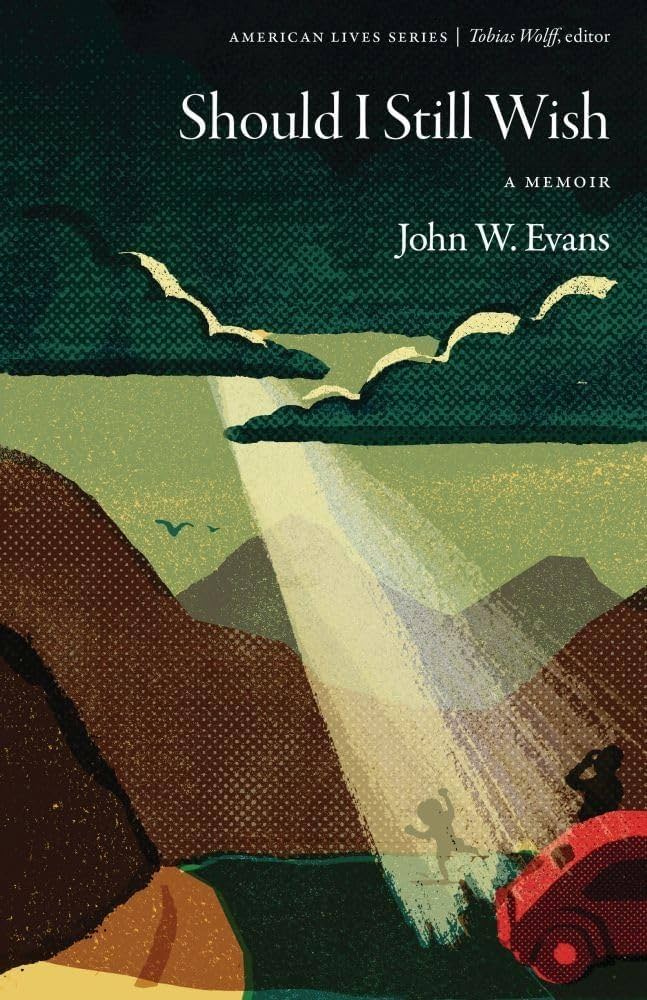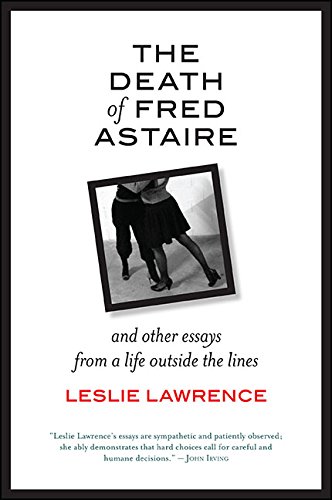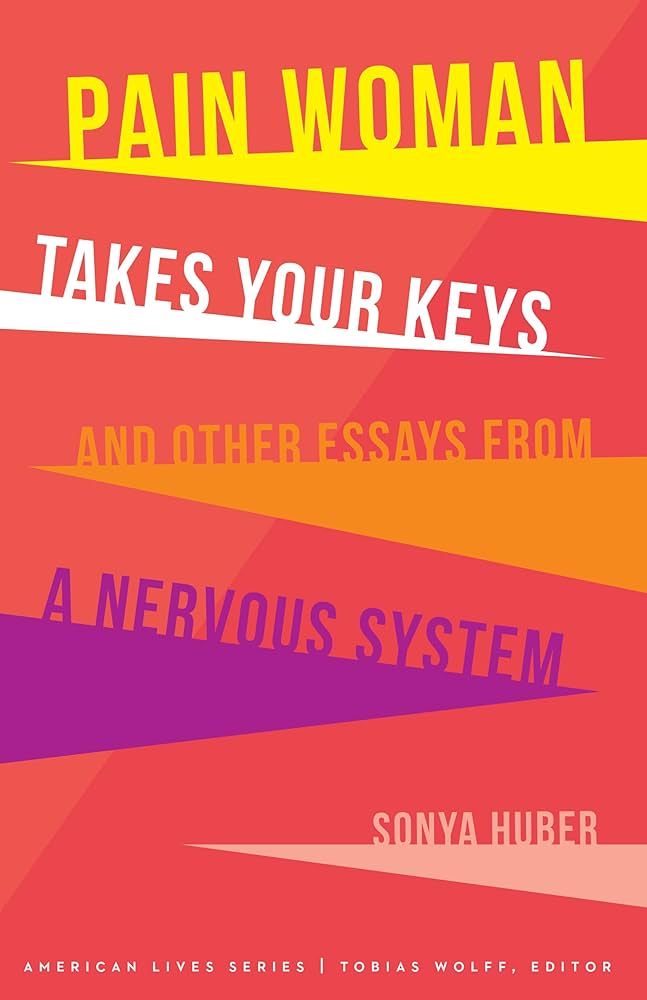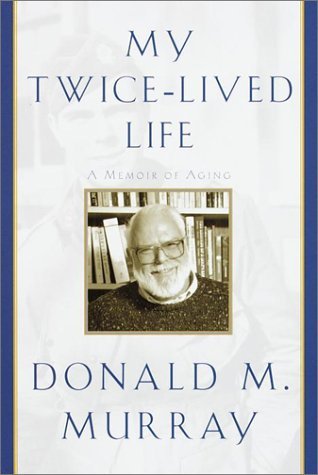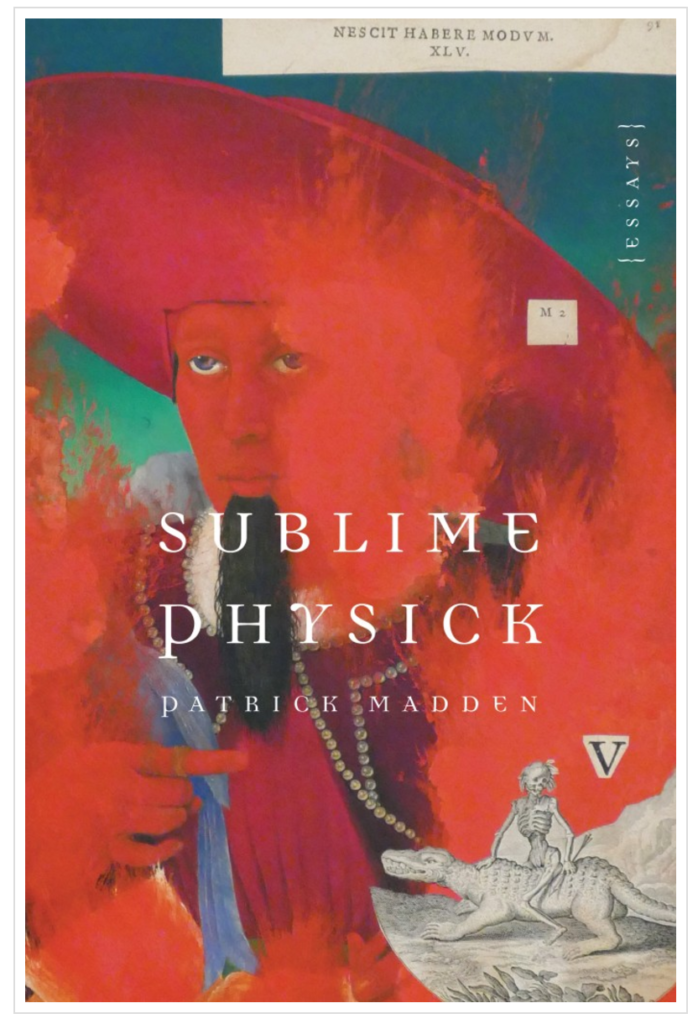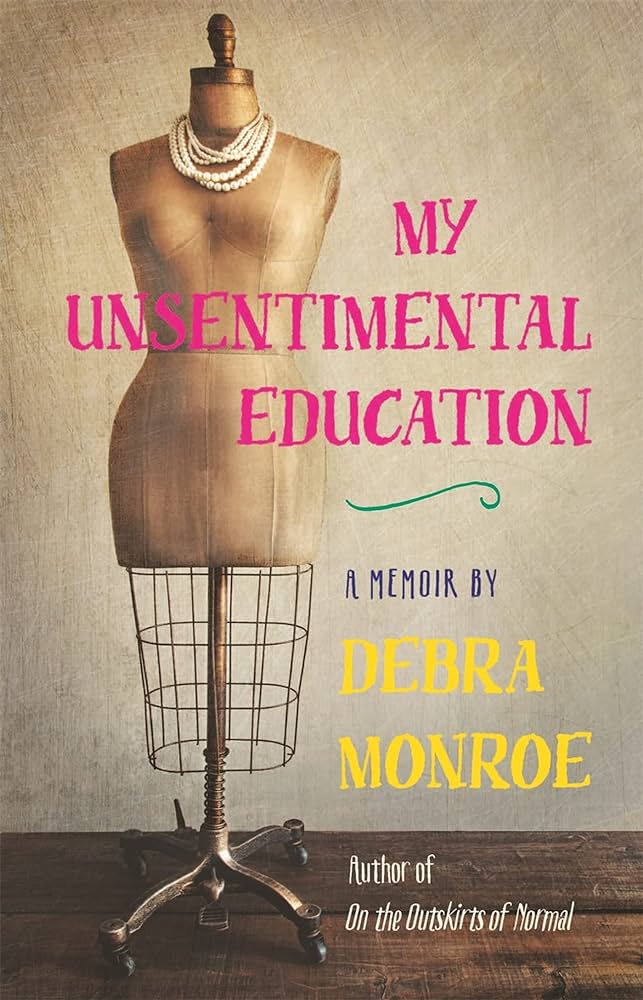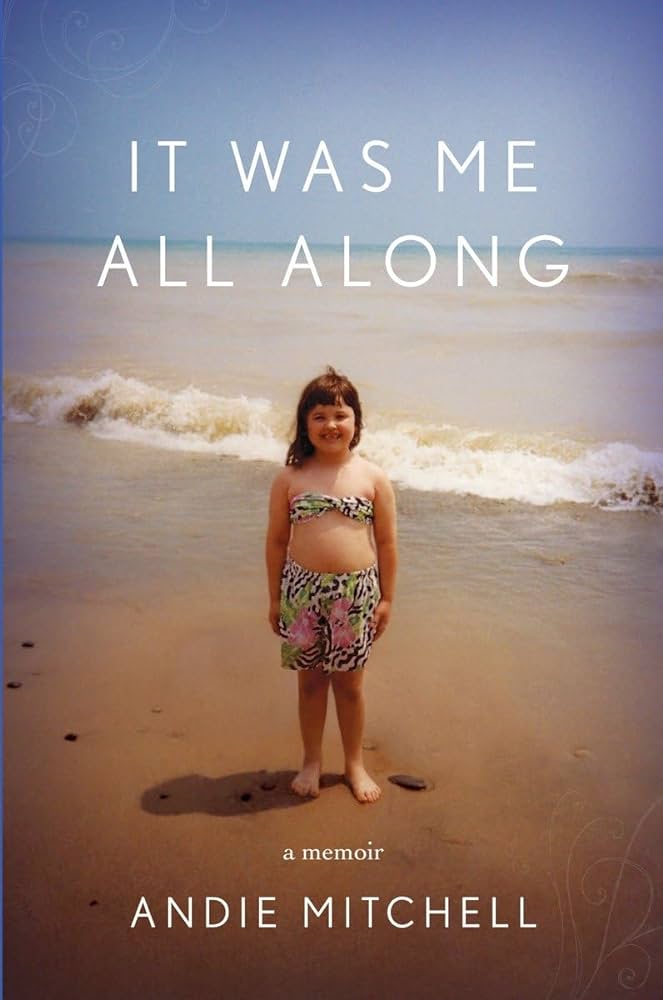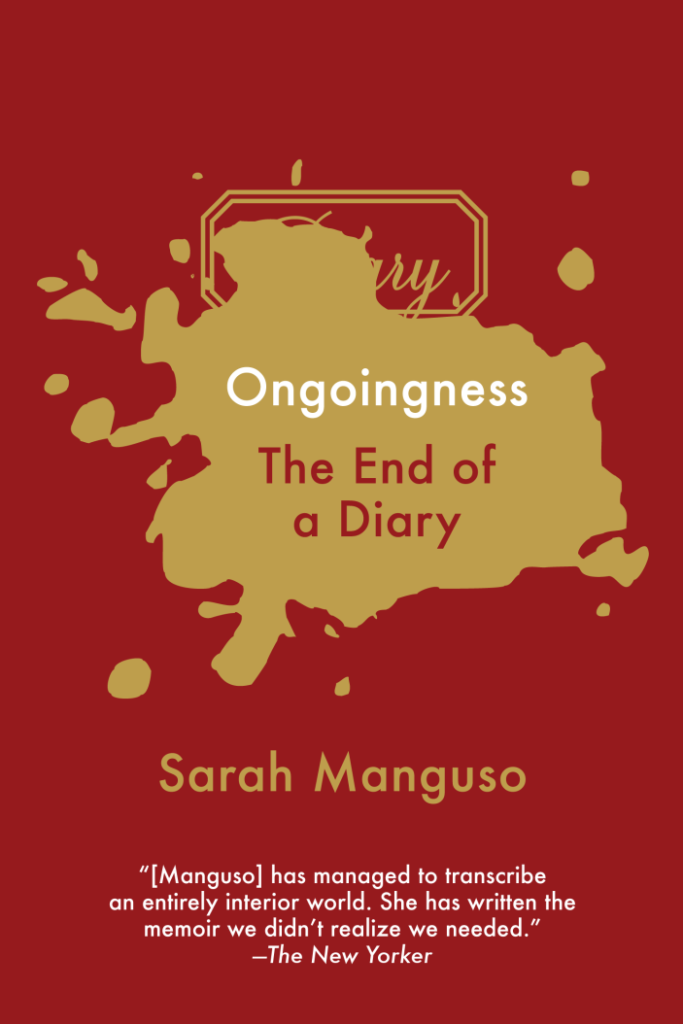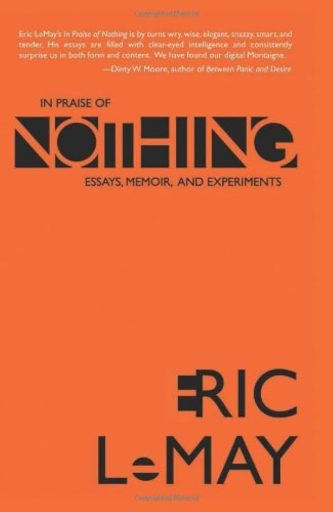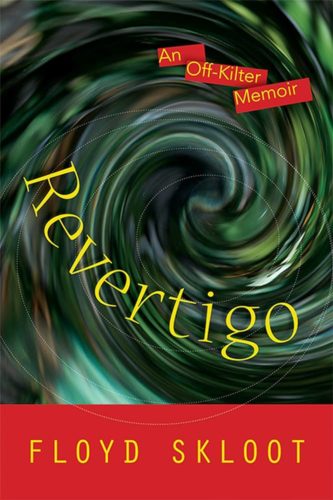By Joanna Eleftheriou
Brown Women Have Everything: Essays on (Dis)comfort and Delight by Sayantani Dasgupta
With this collection of gorgeous new essays, Sayantani Dasgupta designs for her readers a magical craft that transports us to unexpected places. Alongside her, we fly from Moscow, Idaho, to Florence, Italy and from Kolkata, India (population: four and half million) to a cemetery in Beaufort, North Carolina (population: four and half thousand).
Dasgupta possesses an unparalleled eye for seemingly mundane details that unlock whole worlds of experience—the hemlock, old oaks, and Spanish moss of the southeastern U.S., and her grandfather’s diary, his beautiful hand. The book’s salient delight, though, is the way Dasgupta describes food, both the curious treats of her U.S. encounters, “muscadine jelly, strawberry and walnut jam, a bottle of spicy blueberry glaze, tomatillo salsa, a sample pack of grits, a one-pound bag of the prettiest beans I have ever seen,” as well as the chutneys she presents as a symbol of home. Chutneys engage all our senses when Dasgupta describes them, for they are not just flavorful but also gorgeous, as it can be plain but also decadent, “studded with dates, raisins, cashews, and a sweet mango leather called aam shotto.” Mustard oil, Dasgupta tells us, “pungent at room temperature, spiky when it hits a hot pan,” underpin the whole thing; absent its “anchoring quality” a tomato chutney “just will not sing.”
While vibrant flavors unfamiliar to the American palate are a staple of this kind of literature, Dasgupta brings to U.S.-based readers an immigrant experience we don’t often see. Rather than the typical tale of an immigrant liberated from destitution by the U.S., and offered a menial wage as a blue collar worker, Sayantani Dasgupta gives us, instead, a story of coming to America to write.
In making her art, Dasgupta naturally holds up a mirror for members of the white majority to see themselves. Her time as a graduate student and instructor gives her occasion to show us college culture through her eyes—in that mirror we see “Ugg boots, man buns,” and how to distinguish “hipster from a hippie, an emo from a goth, a nerd from a dork.” We see the sadness and loneliness, too, of kids who were perhaps never taught how to find pleasure in books. And we see the U.S. as a place of promise, yes, where a young woman can realize her dreams of becoming a writer trained at a university, but also of disappointments and contradictions, where the group that has handed down power from generation to generation finds itself threatened by a twenty-first century culture that has asked for a tiny bit more fairness. The collection’s title, Brown Women Have Everything, arose in a conversation between the essayist and a white woman whose envy bubbles through. The woman covets this author’s success, and attributes that success to Dasgupta’s skin color rather than to her abilities. Envy is longing that has turned bitter, brittle, these essays show, and readers witness in Dasgupta’s pages what they’ve seen too many times before: an entitled dominant group that insists on seeing other people as the reason for their unhappiness.
The tragedy of the woman who says brown women have everything is that she really believes it. Her entitlement blinds her to her own privilege, to the spoils of whiteness for which she never had to fight. By dramatizing this moment of envy made explicit, and then planting echoes throughout the book, Dasgupta makes the essay collection in part a meditation on scarcity, resourcefulness, and pleasure, and what it takes to really feel our pleasures and rather than envy feel, instead, I have enough.
Offering a counterpoint to envy, these essays portray the author’s Indian family in moments of delight. We realize, as readers, that to delight in what one already has is to possess a superpower—and that perhaps we should try to acquire that power, rather than every last trophy or token of achievement. The blessings of Bengal—plentiful fish, the soft textures of homespun fabrics, a chorus of life in the bustling streets—are riches that belong to us all. The book offers a sense of magic and of the delightful good luck forfeited by white Americans who want to believe that every good thing they possess results from their own goodness or good works—that they earned what they have, and they deserve it.
The microaggressions Dasgupta endures puncture her sense of connection and belonging. We all share the author’s longing to belong, to be accepted and respected, and yet also be distinctly ourselves. The essay “Mane Story,” centering on the author’s fantastic yet foreign-to-white-American-stylists hair, brings this predicament to life in all its complexity. The form of the essay is perfectly suited to raising such unanswerable cultural questions. Why do white people feel so tethered to deservingness, and at what cost? Is there any amount of civil rights and social justice work that could free Americans from the bean counting impulse to measure who has what, and believe that other people “have everything”? Does white envy do more damage to the envied or the envier?
Without romanticizing the past, Dasgupta presents us a history that lies hidden in plain sight. In an essay about her new home in coastal North Carolina, Dasgupta visits confederate monuments and presents U.S. history in nuanced ways that serve as an antidote to the simplistic debates about race, class, and immigration that plague so much of our discourse. That essay about her coastal home, “Girl in the Rum Barrel,” exhibits what I have admired about Sayantani Dasgupta’s writing since I first read it several books ago. It is her perfect endings—the way she can give us the sense of an ending without wrapping up all the themes and conflicts in a conspicuous bow. That essay’s last paragraph ties it to the collection’s larger themes by mentioning the “rewards” of her outings, the counterpoint of horror and beauty she discovered on her trips near home, and concludes by saying “I grabbed my husband’s hand, and together we went off in search of food.”
What lingers is a sense that we are all still searching, and that we would be better off if we’d just pursue our desires, and appreciate what we find, however short it falls of our aspirations. Westerners, especially bootstrapping Americans raised on a Protestant Work Ethic, could benefit by studying the ability of a south Asian to face the world’s blessings and hardships with gratitude and wonder. These essays show that there’s dignity not just in pursuing your dreams in new places, but also in making mistakes, in being homesick, in the quotidian suffering of bland food and pedestrian conversations. Ultimately, what Sayantani Dasgupta realizes is that her greatest gift is something all of us have as our human birthright: an imagination. And to enjoy its pleasures, all we have to do is put it to use.
Joanna Eleftheriou is author of the essay collection This Way Back and has published essays, poems, and translations in Bellingham Review, Arts and Letters, and The Common. A contributing editor at Assay: A Journal of Nonfiction Studies, Joanna teaches at Christopher Newport University and the Writing Workshops in Greece.

